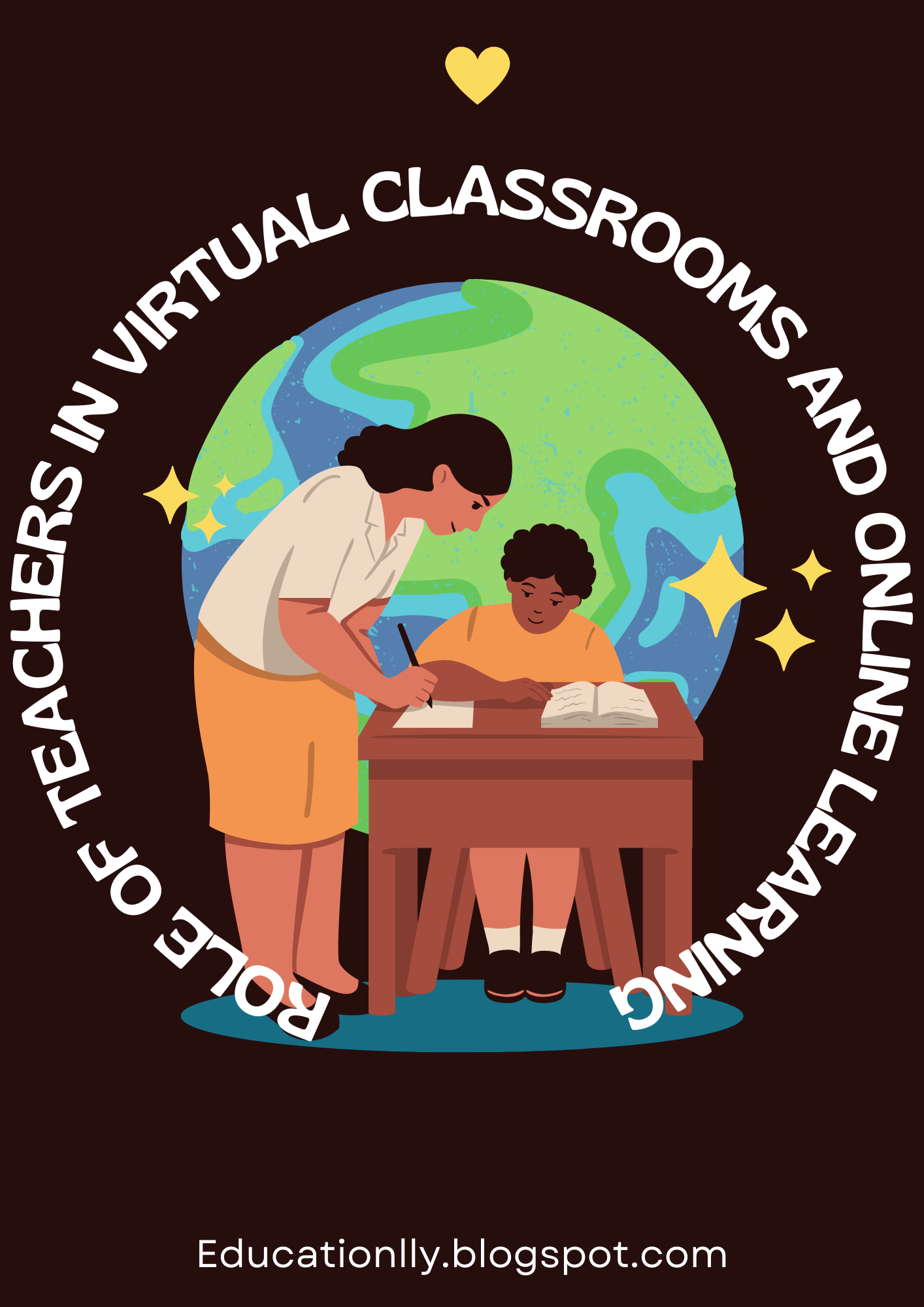With the COVID-19 pandemic forcing many schools to close their doors and move to virtual classrooms, teachers have had to adapt their teaching methods to meet the demands of this new environment.
As a result, the role of teachers in virtual classrooms and online learning environments has become increasingly important.
In this blog post, we will explore the vital role of teachers in the digital classroom.
Facilitating Learning
One of the primary roles of teachers in virtual classrooms is to facilitate learning.
Teachers must create engaging and interactive learning experiences that keep students engaged and motivated.
They must ensure that their virtual classrooms are a safe and positive space for all students to learn and thrive in.
This involves using a variety of teaching strategies, including visual aids, videos, interactive whiteboards, and virtual simulations.
Delivering Instruction
In virtual classrooms, teachers must use various tools and technologies to deliver instruction to students.
This can include videos, audio recordings, interactive whiteboards, and virtual simulations.
Teachers must be skilled in using these tools and technologies to provide students with a high-quality education.
They must also be knowledgeable about the content they are teaching and be able to explain it in a way that is easy for students to understand.
Providing Feedback
Feedback is critical to the learning process, and teachers must provide students with timely and constructive feedback in virtual classrooms.
Feedback can help students to understand their strengths and weaknesses, identify areas for improvement, and develop a growth mindset.
Teachers must use various communication channels to provide feedback to students, including chat, email, and video conferencing.
They must also be able to provide feedback in a way that is clear and easy to understand.
Fostering Student Engagement
Virtual classrooms can be challenging for students who may feel isolated and disconnected from their peers and teachers.
Therefore, teachers must take steps to foster student engagement in virtual classrooms.
This can include using interactive activities and games, encouraging class discussions, and providing opportunities for collaboration and peer-to-peer learning.
Teachers must also be able to adapt their teaching methods to meet the needs of different students, including those with different learning styles or special needs.
Building Relationships
Building relationships with students is essential in virtual classrooms.
Teachers must make an effort to get to know their students, understand their needs and learning styles, and provide individualized support.
Teachers must be approachable, empathetic, and responsive to student needs to build strong relationships and foster a positive learning environment.
They must also be able to establish clear expectations and guidelines for behavior and communication in the virtual classroom.
Providing Support
In virtual classrooms, students may need additional support to be successful.
Teachers must be able to provide this support, whether it is through one-on-one tutoring, additional resources, or accommodations for students with special needs.
Teachers must also be able to identify students who are struggling and provide them with the necessary support and resources to help them succeed.
Conclusion
In conclusion, the role of teachers in virtual classrooms and online learning environments is critical.
They must facilitate learning, deliver instruction, provide feedback, foster student engagement, build relationships, and provide support to ensure that all students have the opportunity to succeed.
With the right tools, technologies, and teaching methods, teachers can create engaging and effective virtual classrooms that meet the needs of today's learners.


0 Comments